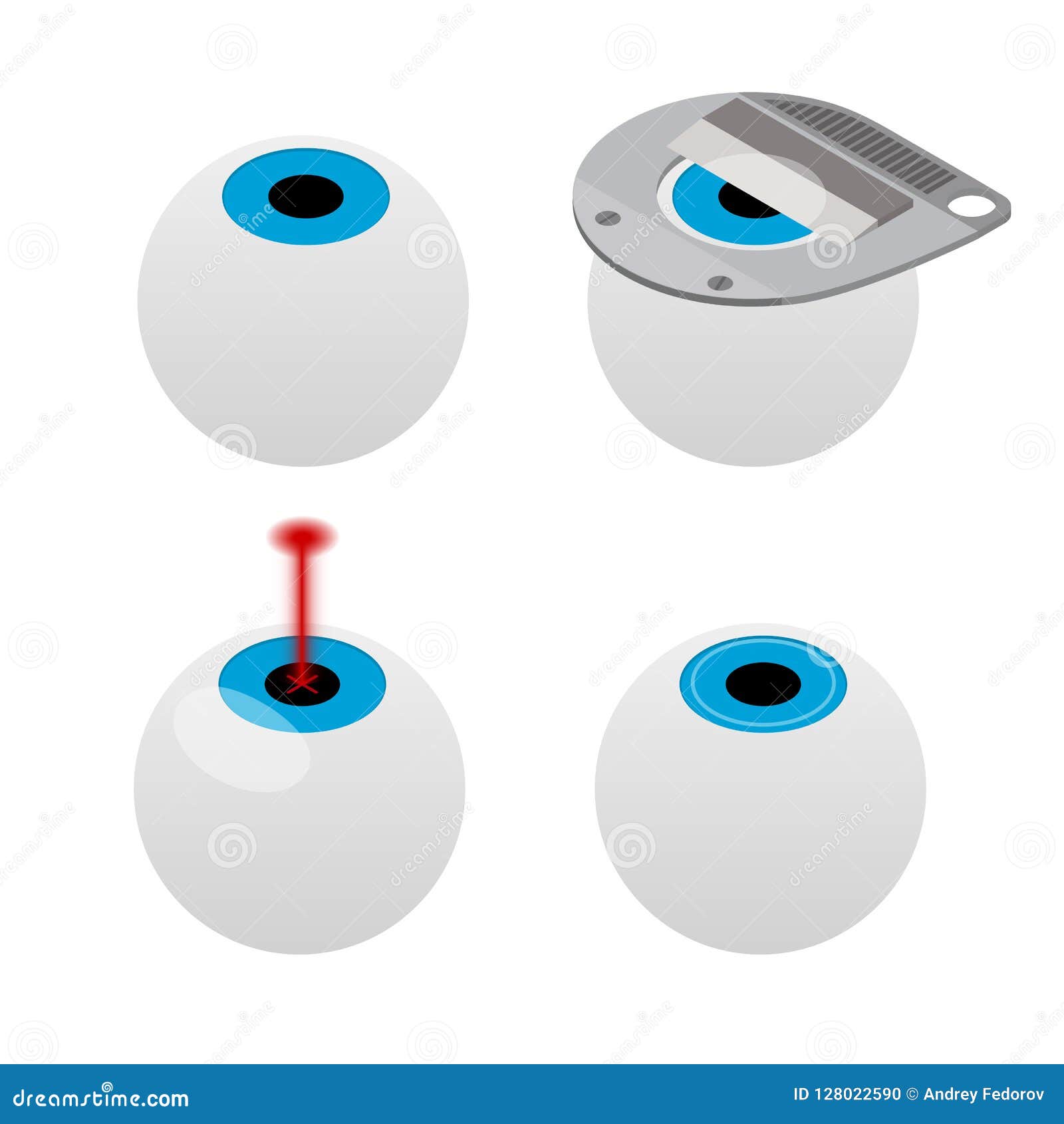What Are The Differences And Resemblances In Between SMILE Eye Surgery And LASIK And PRK?
What Are The Differences And Resemblances In Between SMILE Eye Surgery And LASIK And PRK?
Blog Article
disadvantages to cataract surgery -Ryberg Wilder
If you've been thinking about SMILE eye surgery, you might wonder how it compares to LASIK and PRK. Each treatment has its own set of benefits and factors to consider. From quicker recovery times to potential risks, there are essential differences you need to understand before making a decision. Comprehending these distinctions will certainly aid you make an educated selection that aligns with your specific needs and expectations. Curious to know even more about how these treatments compare in detail? Keep discovering to acquire an extensive understanding of SMILE, LASIK, and PRK.
SMILE Eye Surgical Procedure Summary
If you're considering SMILE eye surgical procedure, you'll discover it to be a minimally invasive procedure with a fast recovery time. Throughout SMILE (Small Laceration Lenticule Removal), a laser is utilized to develop a small, specific laceration in the cornea to eliminate a little piece of cells, reshaping it to remedy your vision. This varies from LASIK, where a flap is produced, and PRK, where the external layer of the cornea is completely removed.
One of the crucial advantages of SMILE is its minimally invasive nature, leading to a faster recovery process and less pain post-surgery. The recuperation time for SMILE is fairly fast, with several people experiencing boosted vision within a day or two. This makes it a preferred option for those looking for a practical and efficient vision correction treatment. Furthermore, SMILE has been shown to have a reduced threat of completely dry eye syndrome compared to LASIK, making it a favorable option for individuals worried regarding this potential side effect.
Differences In Between SMILE, LASIK, and PRK
When contrasting SMILE, LASIK, and PRK eye surgical procedures, it's important to recognize the distinct strategies used in each treatment for vision correction.
SMILE (Small Cut Lenticule Extraction) is a minimally invasive treatment that involves creating a tiny incision to remove a lenticule from the cornea, reshaping it to correct vision.
LASIK (Laser-Assisted In Situ Keratomileusis) entails developing a slim flap on the cornea, utilizing a laser to reshape the underlying tissue, and then repositioning the flap.
PRK (Photorefractive Keratectomy) removes the external layer of the cornea prior to reshaping the tissue with a laser.
The main difference lies in the means the cornea is accessed and dealt with. SMILE is flapless, making it a great alternative for people with thin corneas or those associated with call sporting activities. LASIK offers quick visual healing as a result of the flap development, yet it may posture a greater risk of flap-related difficulties. PRK, although having a much longer recovery duration, avoids flap-related problems completely.
Recognizing these differences is critical in picking one of the most appropriate treatment for your vision adjustment needs.
Pros and Cons Contrast
To evaluate the benefits and drawbacks of SMILE, LASIK, and PRK eye surgeries, it's essential to think about the specific benefits and potential constraints of each treatment. SMILE surgical procedure provides the benefit of a minimally invasive procedure, with a smaller sized incision and possibly quicker recuperation time compared to LASIK and PRK. It additionally lowers the risk of dry eye post-surgery, a common adverse effects of LASIK. However, SMILE may have constraints in dealing with greater degrees of myopia or astigmatism compared to LASIK.
LASIK surgical treatment provides rapid visual healing and very little discomfort during the treatment. https://www.aarp.org/health/conditions-treatments/info-2019/cataracts-eye-disorder.html 's very reliable in dealing with a wide range of refractive mistakes, consisting of myopia, hyperopia, and astigmatism. Yet, LASIK carries a threat of flap issues, which can influence the corneal framework.
PRK eye surgical procedure, while not as preferred as LASIK, prevents developing a corneal flap, lowering the risk of flap-related problems. It's suitable for individuals with thin corneas or uneven corneal surface areas. Nevertheless, PRK has a longer recovery time and might include much more pain during the healing procedure.
Verdict
So, when it involves picking in between SMILE, LASIK, and PRK, think of it like picking the best pair of shoes. SMILE is like a sleek, comfy pair of tennis shoes - fast and easy.
LASIK is a lot more like fashionable high heels - fancy and quick, but with some possible threats.
PRK is like tough hiking boots - trusted and durable, however needing a bit more effort and time.
Eventually, the best choice relies on your specific needs and choices.
